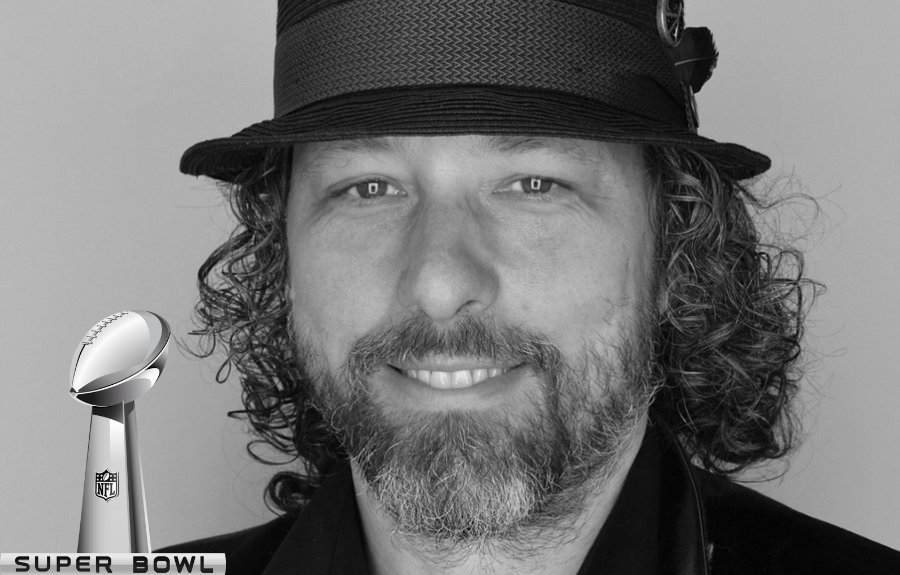In part 2 of our In the Clear(ance) Super Bowl Sync Special (check out part 1 here), we sit down with Groove Guild Founder and Head of Music Supervision Al Risi.
Risi explains what makes a Super Bowl spot unique and takes us through the process of clearing an iconic Neil Diamond song for this year’s Volkswagen spot.
How do Super Bowl syncs differ from other syncs?
They are a lot alike in the sense that you always have to bring your A game to the table as a music supervisor. There is no margin for error whether it’s for a Super Bowl spot or a web only spot. The smallest error could have huge consequences for many people so you have to get it right, every time, all the time.
That said, the Super Bowl is the biggest stage in all the land for brands so generally speaking there is more time and consideration put into a Super Bowl campaign. This allows for a more deliberate and thoughtful approach to things like music strategy, thorough exploration and the negotiation process.
“There is no margin for error whether it’s for a Super Bowl spot or a web only spot. The smallest error could have huge consequences for many people so you have to get it right, every time, all the time.”
This extra attention to detail helps to ensure that every aspect is meticulously considered and crafted to resonate with the massive audience that comes with a Super Bowl commercial.
What makes the licensing and clearance process particularly challenging?
Given the size of the audience, a Super Bowl sync comes with a premium price tag. The tricky part is that it’s a fairly subjective premium and hard to estimate as a music supervisor.
With most supervision jobs, I’m asked for a gut check on price before speaking with any rights holders. Outside of Super Bowl spots, I can be fairly accurate in predicting a range.
That is very helpful to the process but when you add in Super Bowl rights, let’s just say my range gets much wider. Considering that the Super Bowl premium is subjective, it can take some time to get to a price that works for all.
Can you talk through your experience with placing music in Super Bowl spots this year from a clearance/admin perspective?
We used Neil Diamond’s iconic song “I Am… I Said” for the Volkswagen “An American Love Story” Super Bowl commercial.
Anytime you are dealing with a song and artist of this caliber the negotiation process is very sensitive for a variety of reasons so taking slow, cautious and intentional steps is imperative. I think that is one of the big advantages of having a music supervisor handle these negotiations as opposed to an internal business affairs person or a producer.
These people are very seasoned and fantastic at their jobs but they often lack bandwidth and time to be as calculated as a music supervisor. These constraints can force them to move on from a deal prematurely. Not their fault. They have to cover a lot of ground and music is only a small part of their duties. There are only so many balls you can juggle before things start to hit the ground.
“A good music supervisor is part of the music culture and when you are a part of a culture you can see things that others can not.”
There are other benefits to using a music supervisor. The best way to sum it up is that a good music supervisor is part of the music culture and when you are a part of a culture you can see things that others can not. These insights often have huge implications and can make a world of difference.
As it relates specifically to the Volkswagen commercial, the initial ball park from the rights holders pressed up against a hard reality of budget constraints on the brand side which forced us to shift gears to find a replacement.
“Without having time on our side, this license might not have happened.”
In parallel with searching for an alternative track, I kept the conversation going with the rights holders and this brings me back to what I said about having the luxury of time when it comes to a Super Bowl spot. Without having time on our side, this license might not have happened. Quicker decisions would have had to be made and once you move on, it can be hard to go back due to all of the people that need to be aligned for shifts to happen.
Having the will to keep the conversations going even when it felt like the deal was dead led to finding a way to make the deal work for all parties. Huge credit to Tom Eaton at UMPG for continuing to engage in conversation and finding the middle ground that made this license a reality and not the one that got away because for this spot, there really was only one perfect song, and that song was “I Am… I Said.”
Enjoyed this article? Why not check out our free report: Communication Breakdown: Complexities and Solutions in Music Rights Clearance.
